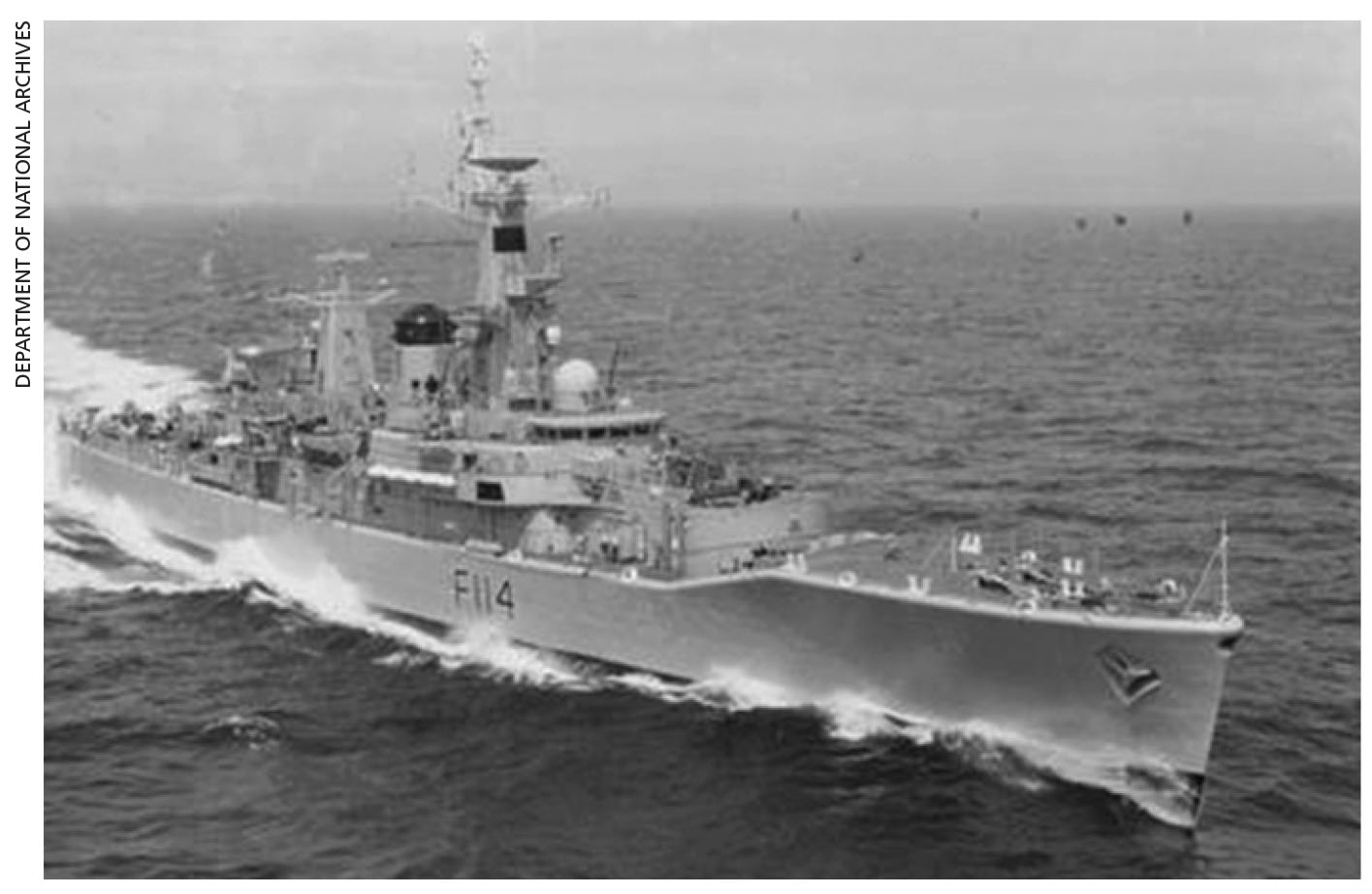Sri Lanka Navy Anchors the Island
The golden fence around the nation
Island nations are notoriously susceptible to invasion by sea. So little wonder that Napoleon said of Lord Nelson’s British Navy: “Wherever wood can float, there I am sure to find this flag of England!”
And with the wide Indian Ocean being our most immediate neighbour, it is no surprise that the Sri Lanka Navy (SLN) bases its maritime activities on the motto ‘the golden fence around the nation.’
In this spirit, the SLN has been tasked with defending its Exclusive Economic Zone (EEZ), which is eight times larger than the land area of the country, as well as patrolling the Search and Rescue Region that dwarfs Sri Lanka’s landmass (65, 610 sq km) by dint of being 27 time its size. This positioning enabled the country’s naval forces to play a key role in the island’s 26 year civil war by virtue of surveillance and patrol, as well as amphibious and support operations.
Its emergence as a floating armoury goes back to 1937 when the Ceylon Naval Volunteer Force (CNVF) was established, which was renamed the Ceylon Royal Naval Volunteer Reserve (CRNVR) and absorbed into the Royal Navy (RN) for service during World War II.
The regular naval force as we know it today was commissioned into action by the Navy Act No. 34 of 1950 to establish the Royal Ceylon Navy (RCN) on 9 December of the same year. This was updated to the Sri Lanka Navy (SLN) on 22 May 1972 when the island nation underwent a sea change and became a republic.
That badge is emblazoned on a flotilla of ‘boats’ – the navy’s affectionate term for anything that floats, from battleships to submarines. A recent estimate rated the SLN’s motorised equipment as being five patrol frigates; three offshore and over 200 fast inshore patrol vessels; two missile and nine fast gunships; five landing and 45 fast attack crafts; and six auxiliary vessels.
Today, the Sri Lanka Navy has moved beyond its erstwhile role in maintaining sea lines of communication in times of war to combatting illegal activities such as smuggling along key maritime passageways lying around the vicinity of this teardrop island.
It maintains Disaster Response; Diving and Salvage; and Rapid Response, Rescue and Relief Units, to assist displaced communities in the event of floods and landslides. This is in addition to its elite Special Boat Squadron (SBS).
In addition, our first line of defence provides a platform for regional stakeholders to discuss critical issues such as human and drug smuggling, arms trafficking, and illegal trade and fishing – as when the Sri Lanka Navy organised and hosted the Galle Dialogue in 2010.
Today, the Sri Lanka Navy has moved beyond its erstwhile role in maintaining sea lines of communication in times of war to combatting illegal activities such as smuggling






